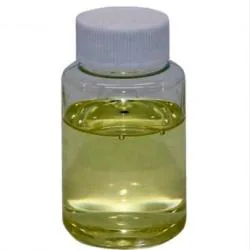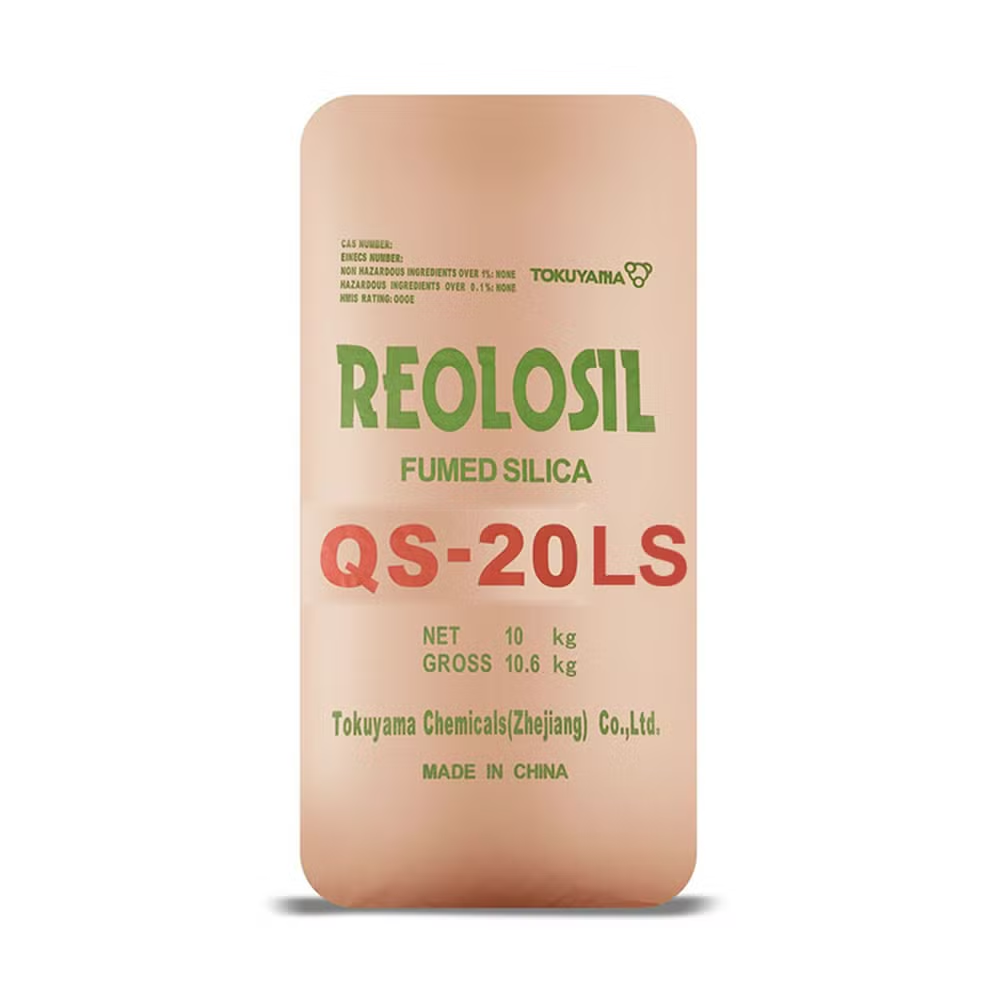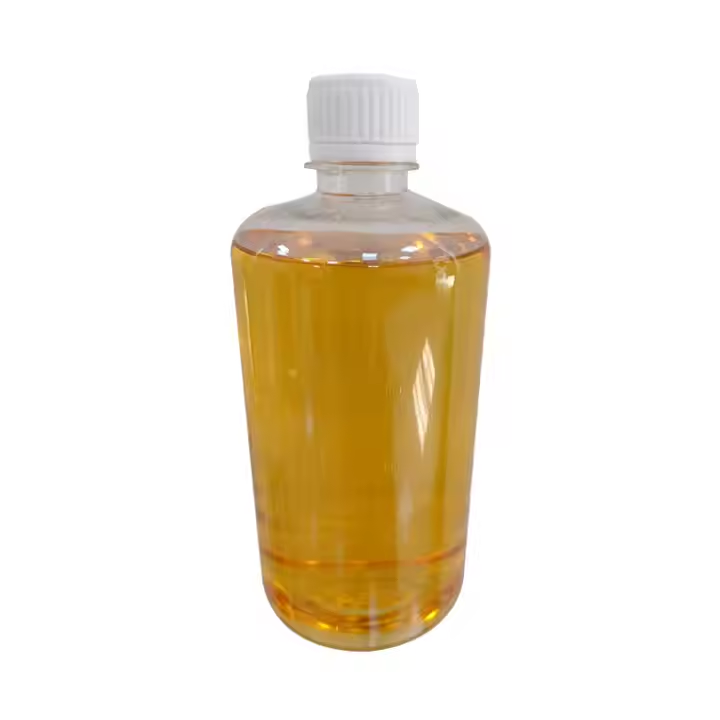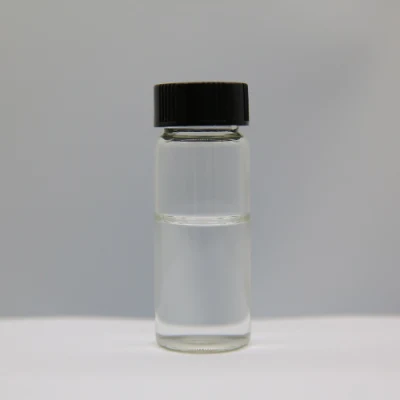Description
The Power of Water-Loving Compounds: Understanding Hydrophilic Agents
In the world of chemistry and biology, water plays a crucial and fundamental role. For many applications, we need substances that readily interact with water, dissolving in it, absorbing it, or otherwise attracting its molecules. These substances are known as hydrophilic agents, often called “water-loving” due to their affinity for water. Understanding the properties and applications of hydrophilic agents is vital in numerous fields, from medicine and cosmetics to agriculture and environmental science.
What Makes a Compound Hydrophilic?
Hydrophilicity arises from the ability of a molecule to form interactions with water molecules. These interactions can take several forms:
- Hydrogen bonding: This is the most crucial interaction. Oxygen and nitrogen atoms, especially when bonded to hydrogen atoms (forming hydroxyl -OH or amine -NH2 groups), readily form hydrogen bonds with water molecules. Think of alcohols like ethanol or sugars like glucose – their abundance of -OH groups makes them highly soluble in water.
- Ionic interactions: Charged ions, such as those found in salts like sodium chloride (NaCl), are extremely hydrophilic. Water molecules, being polar, are strongly attracted to these charged ions.
- Polarity: Molecules with uneven distribution of electron density, creating a dipole moment, are considered polar. These polar molecules can interact with the partial charges of the water molecule through dipole-dipole interactions.
In essence, the more polar groups a molecule possesses or the higher its ionic character, the more hydrophilic it is likely to be.
Examples of Common Hydrophilic Agents:
Numerous hydrophilic agents are used in various industries. Here are a few prominent examples:
- Sugars: Glucose, sucrose, and fructose are common examples. Their high solubility in water makes them essential for biological processes and food production.
- Alcohols: Ethanol, glycerol, and propanol are used as solvents, disinfectants, and humectants.
- Salts: Sodium chloride, potassium chloride, and calcium chloride are crucial for maintaining osmotic balance in biological systems and are used in food preservation.
- Acids and Bases: Many acids and bases, particularly strong ones, readily dissociate in water, forming ions and exhibiting strong hydrophilic properties.
- Polyethylene Glycol (PEG): A synthetic polymer widely used in pharmaceuticals, cosmetics, and industrial applications due to its excellent water solubility and biocompatibility.
- Cellulose and Starch: While not entirely soluble, these polysaccharides readily absorb water due to their numerous hydroxyl groups. They are crucial components of plant cell walls and staple food sources.
- Surfactants: Certain surfactants, like soaps and detergents, have both hydrophilic and hydrophobic (water-repelling) regions. The hydrophilic part interacts with water, enabling the surfactant to dissolve in water and emulsify oils and fats.
Applications Across Diverse Fields:
The unique properties of hydrophilic agents make them indispensable across a vast range of applications:
- Pharmaceuticals: Hydrophilic coatings on pills improve drug dissolution and bioavailability. Hydrophilic polymers are used to create drug delivery systems that release medication in a controlled manner.
- Cosmetics: Humectants like glycerin and hyaluronic acid attract and retain moisture in the skin, keeping it hydrated.
- Food Industry: Sugars are used as sweeteners and preservatives. Hydrophilic thickeners, like starch, are used to modify the texture of food products.
- Agriculture: Hydrophilic polymers can be added to soil to improve water retention and reduce the need for frequent irrigation.
- Environmental Science: Hydrophilic polymers are used in water treatment processes to remove pollutants and improve water quality.
- Industrial Applications: Hydrophilic coatings are applied to surfaces to improve wettability and adhesion. They are also used in cleaning products to enhance their ability to remove dirt and grime.
The Importance of Understanding Hydrophilicity:
Understanding the principles of hydrophilicity is crucial for designing new materials, developing novel technologies, and improving existing processes. By carefully selecting and manipulating hydrophilic agents, scientists and engineers can tailor the properties of substances to meet specific needs in various applications.
Conclusion:
Hydrophilic agents are the unsung heroes of many chemical and biological processes. Their affinity for water makes them essential for a wide range of applications, impacting our daily lives in countless ways. As research continues to explore the properties and potential of these water-loving compounds, we can expect even more innovative applications to emerge in the future.









Reviews
There are no reviews yet.